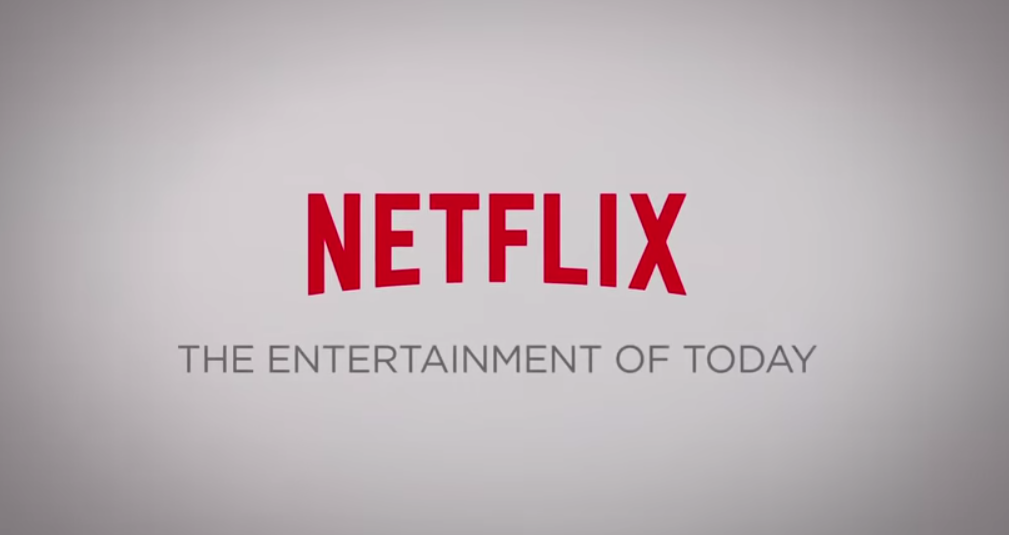
Image source: Netflix.
Netflix (NFLX 1.18%) is slated to report first-quarter results after the closing bell on Monday, April 18. Here's what to expect from this important business update.
By the numbers
In the first quarter of fiscal year 2016, Netflix's management expects to add roughly 1.75 million new domestic subscribers and 4.35 million new overseas accounts. Meeting these targets would add up to 6.1 million net new customers worldwide, an acceleration from 4.88 million new subscribers in the year-ago quarter.
Based on that subscriber forecast, streaming revenues are seen rising 30% year over year. But the additional sales are being reinvested into more content licenses across more than 190 national markets. Hence, operating profits and earnings per share are expected to continue to shrink. Adjusted earnings should land near $0.03 per diluted share, down from $0.05 per share in the comparable 2015 period.
The company did not offer any firm cash flow guidance, but the ongoing investment in original content will continue to weigh on the free cash flow line.
3 important questions
Investors will be curious exactly how the sudden expansion to 130 new markets is working out. Netflix has done large market bursts before, such as the extension across the Caribbean and Latin America in 2011. How well did the lessons learned from that move and other expansions prepare Netflix for a global network overnight?
China is another interesting itch to scratch. The Middle Kingdom remains untouched by Netflix services, and remains the last nation in that situation outside of places with political embargoes. There were reportedly 364 million broadband subscribers there in 2010, and that number has surely increased even further by now.
The country also has more than 250 million subscribers to 4G-class mobile networks, setting the stage for Netflix viewing on tablets and smartphones -- if and when the company can make inroads into that game-changing market. Any progress toward that goal would be warmly welcomed.
A long-planned domestic rate hike will take effect in the second quarter, as grandfathered subscriptions jump to the same pricing level that new customers have been used to for some time. This rolls up two older $1 price increases for the most popular plan, announced in May 2014 and October 2015. Critics fear that subscribers will sign off by the boatload or fall to the cheapest option with only 1 concurrent stream and no high-definition video.
On the other hand, higher rates don't appear to have slowed down new subscriptions very much, so the additional churn might be limited. Either way, only time will tell. For now, Netflix should lay out its plans for the expected windfall, which works out to as much as $1 billion of additional annual revenues.
The stage has been set. Come Monday night, we will have firm results and real management discussion to think about.






